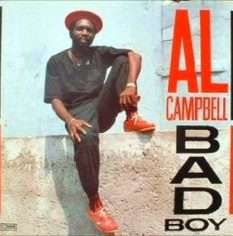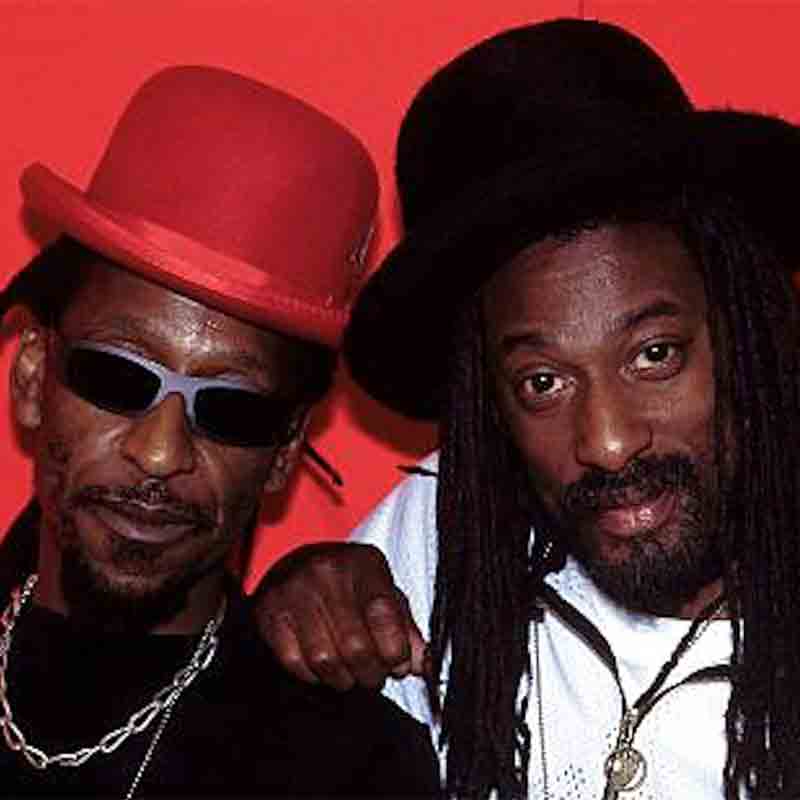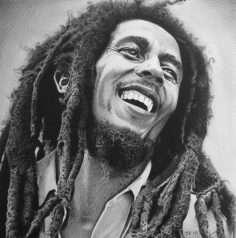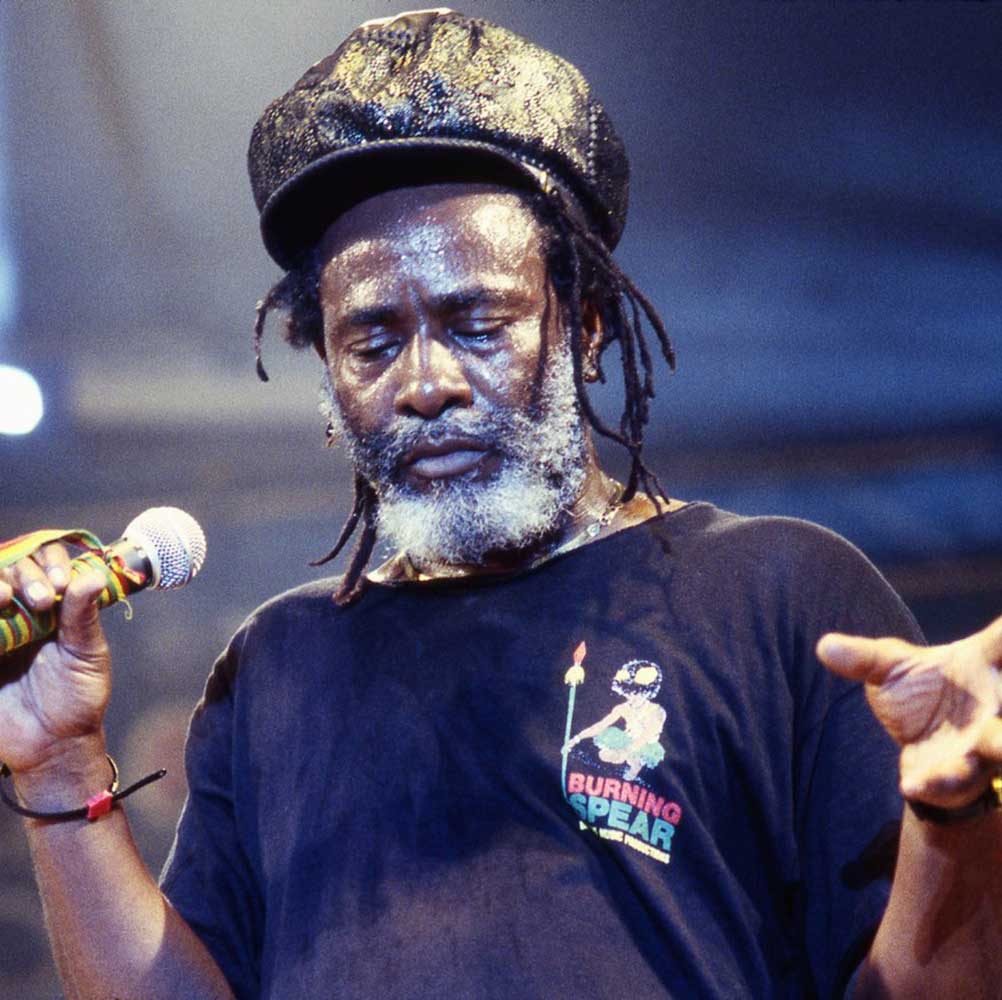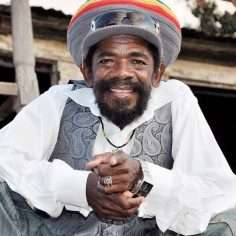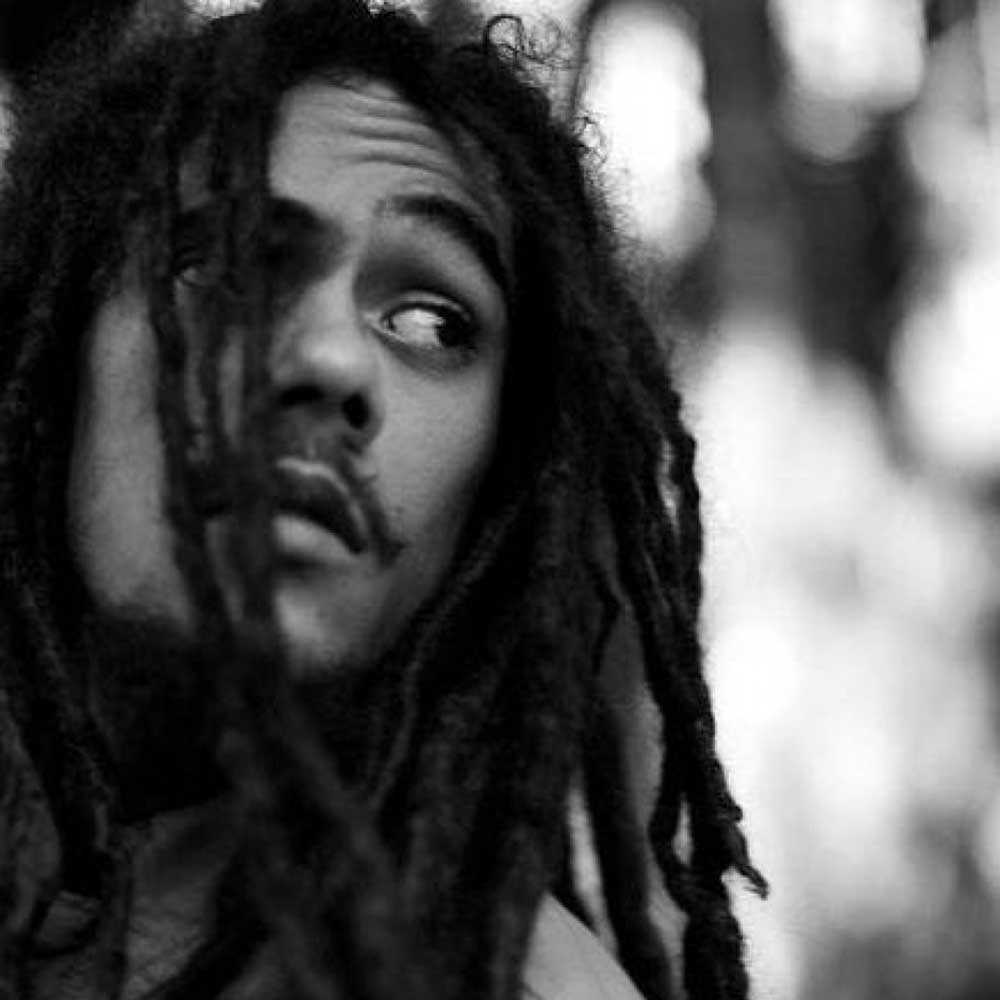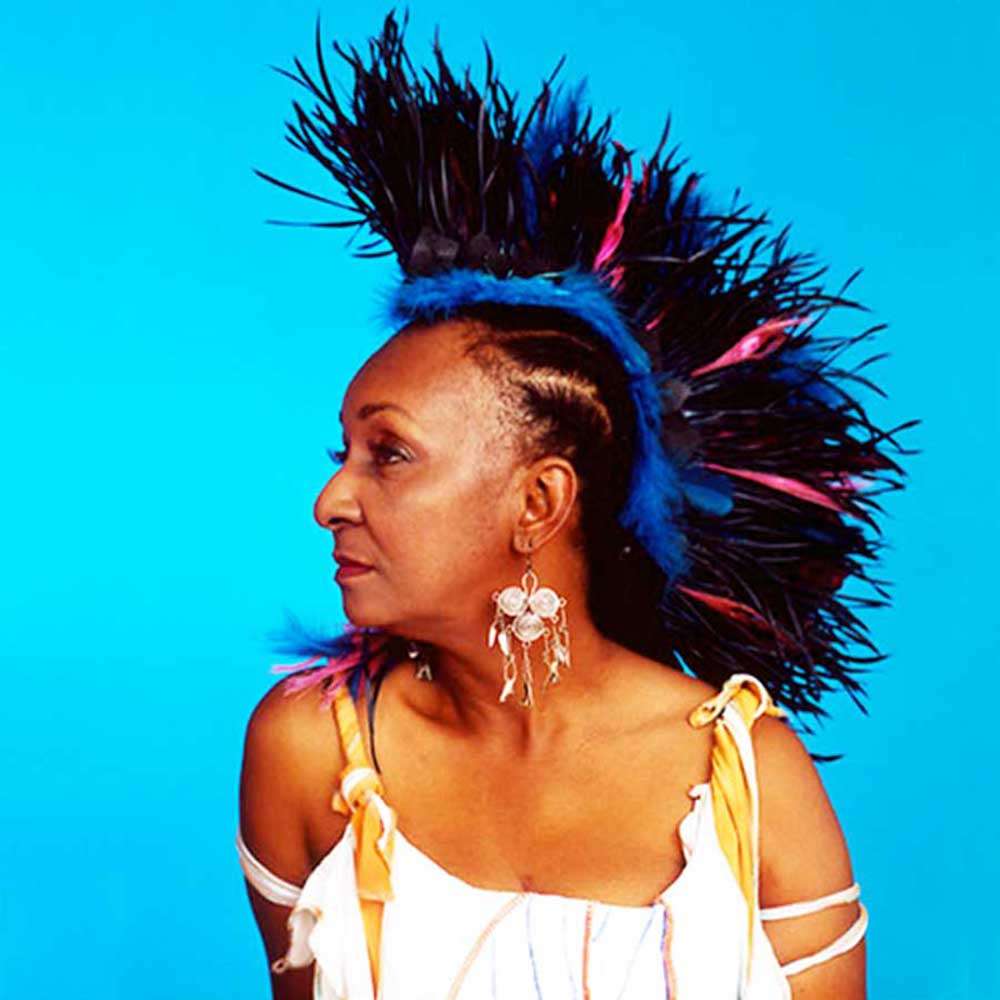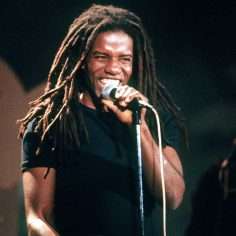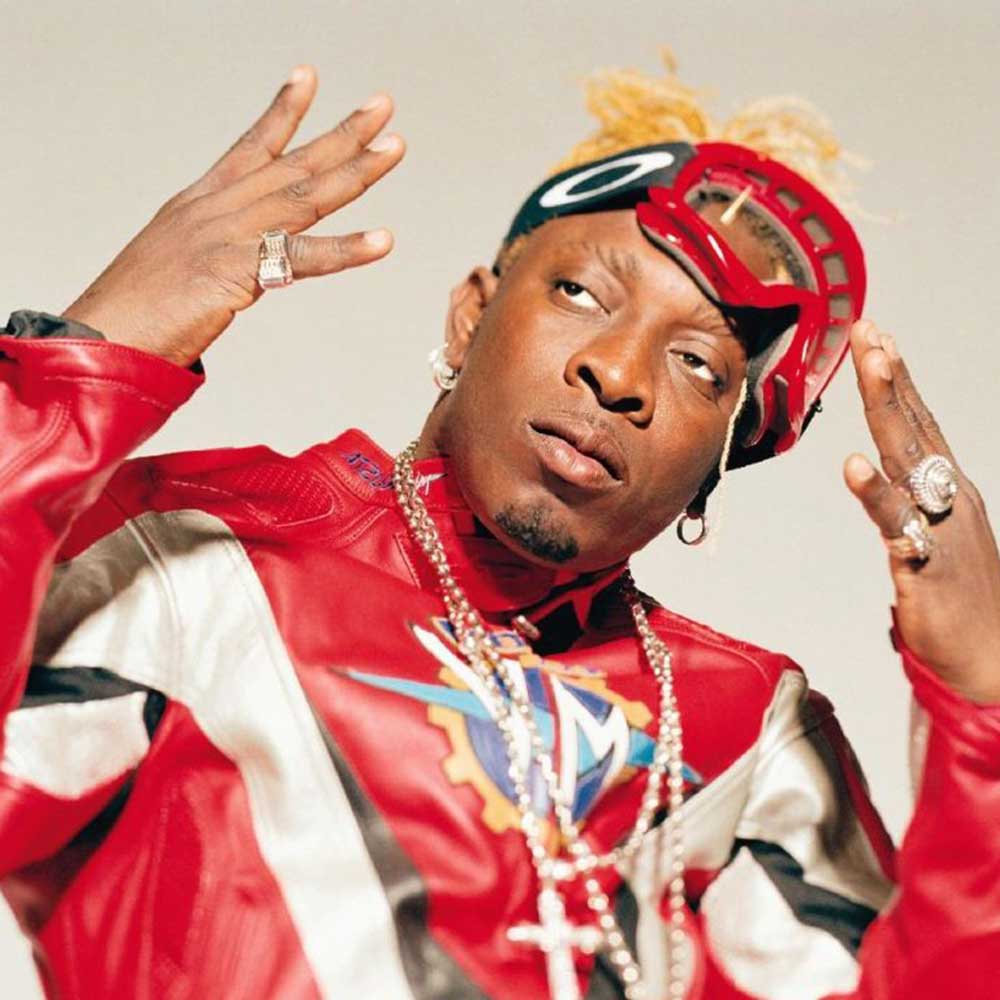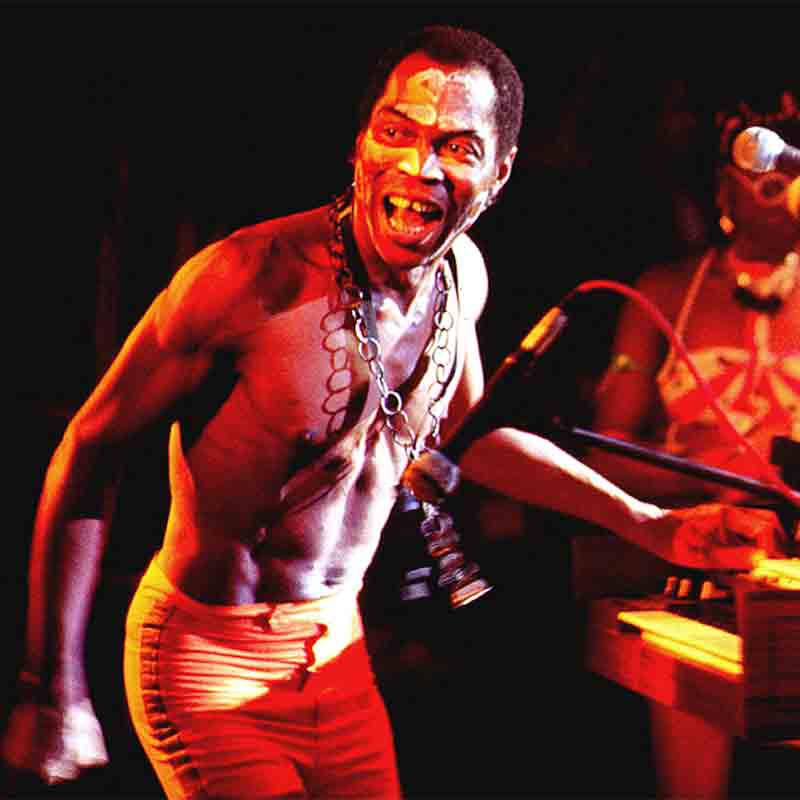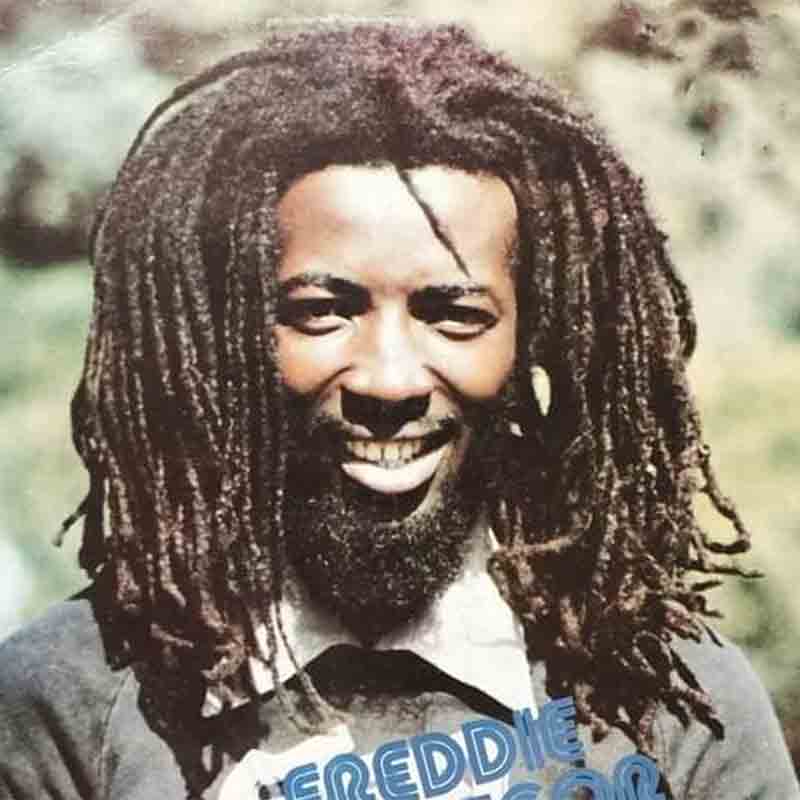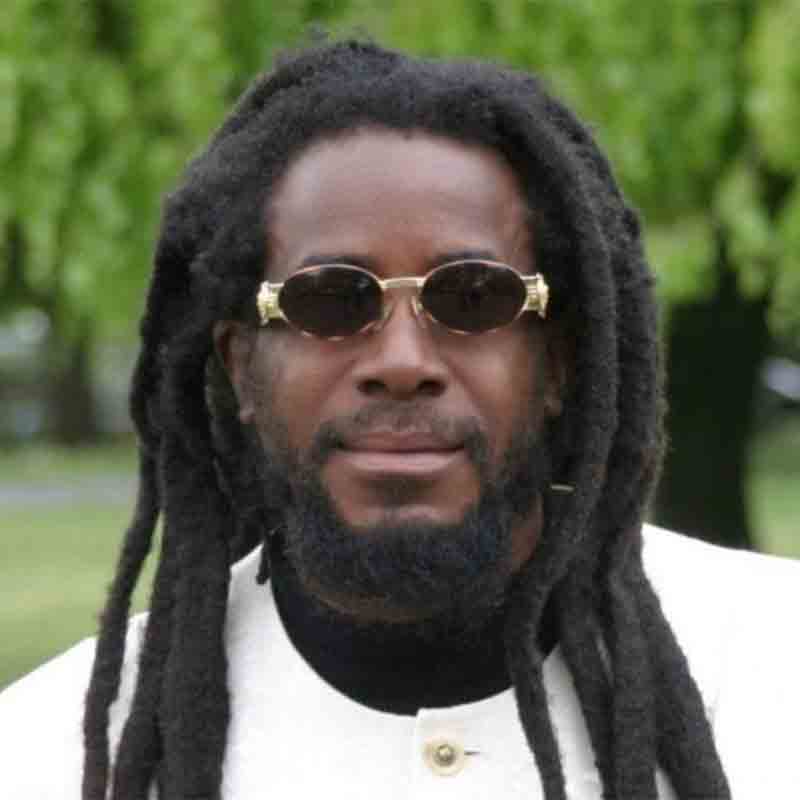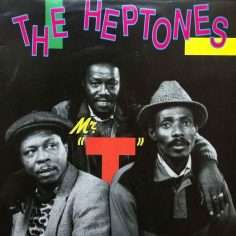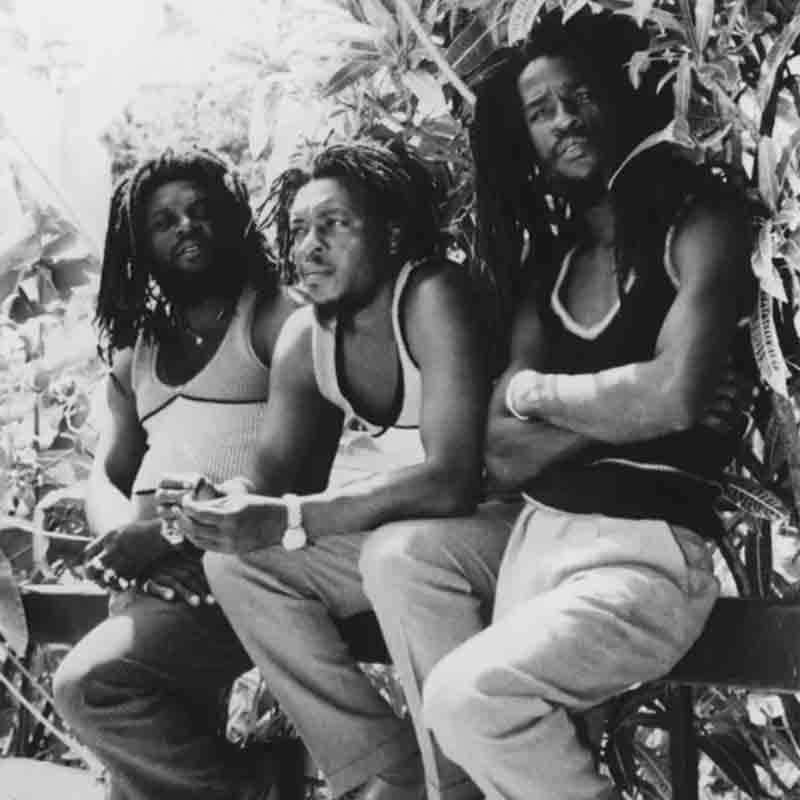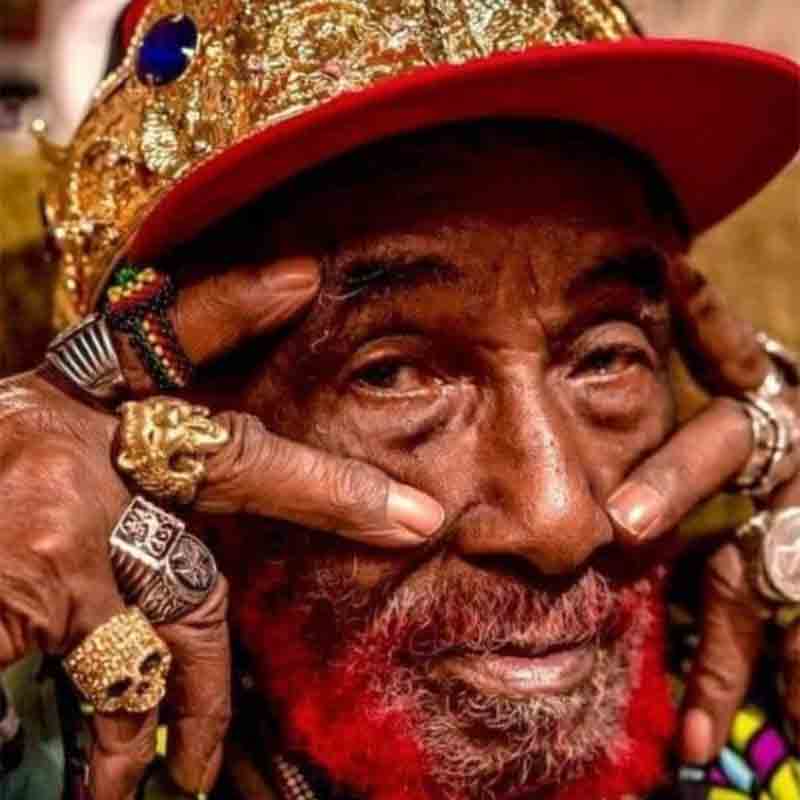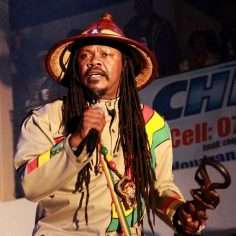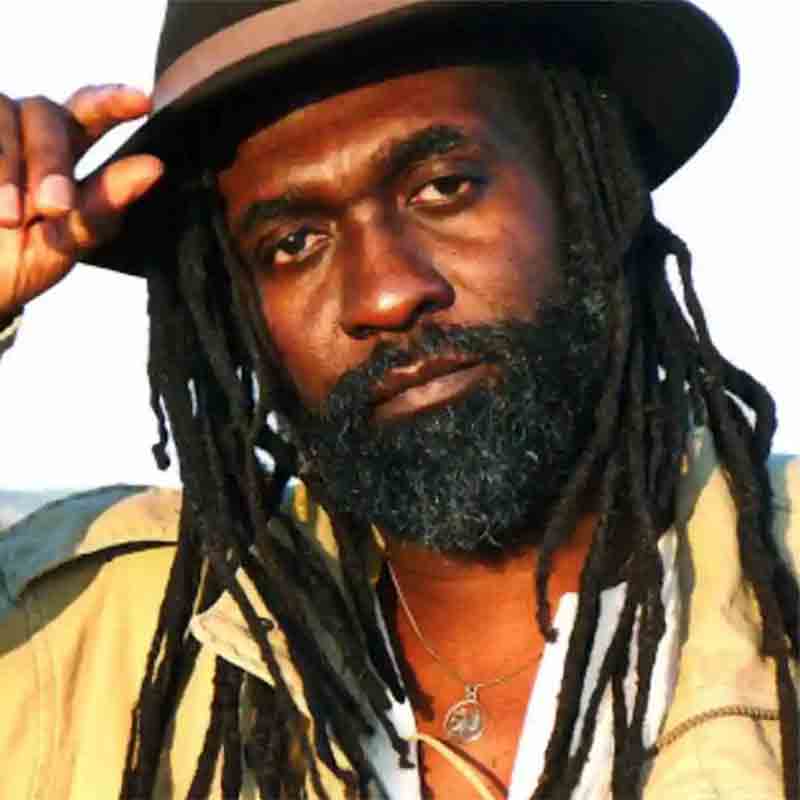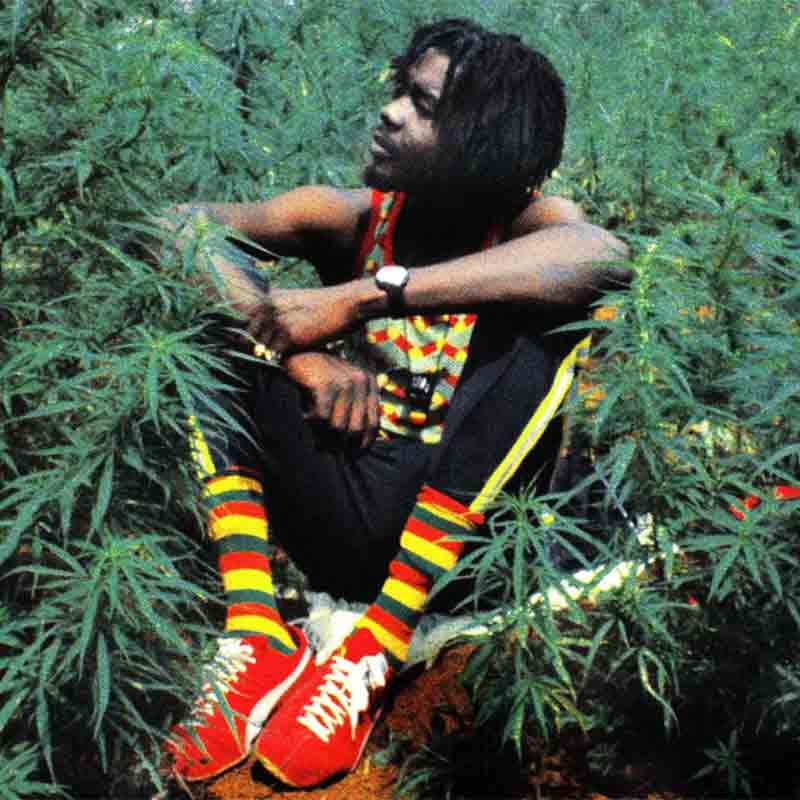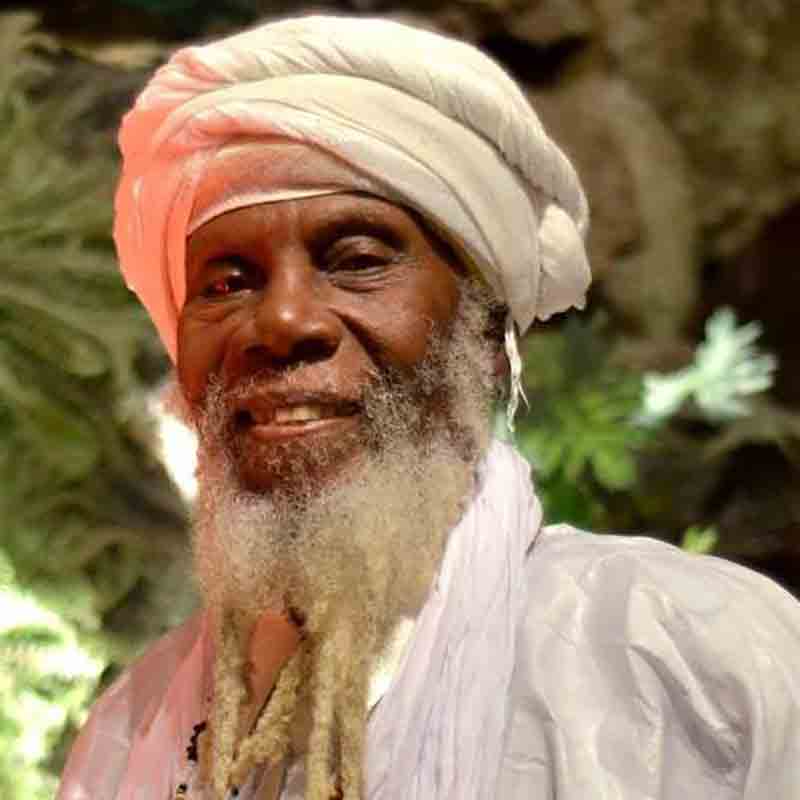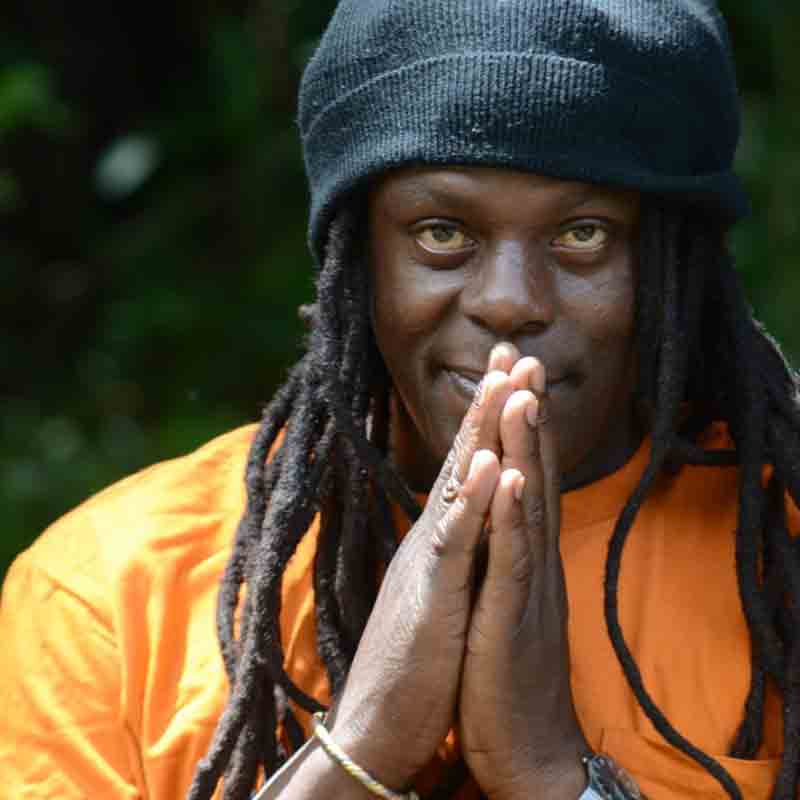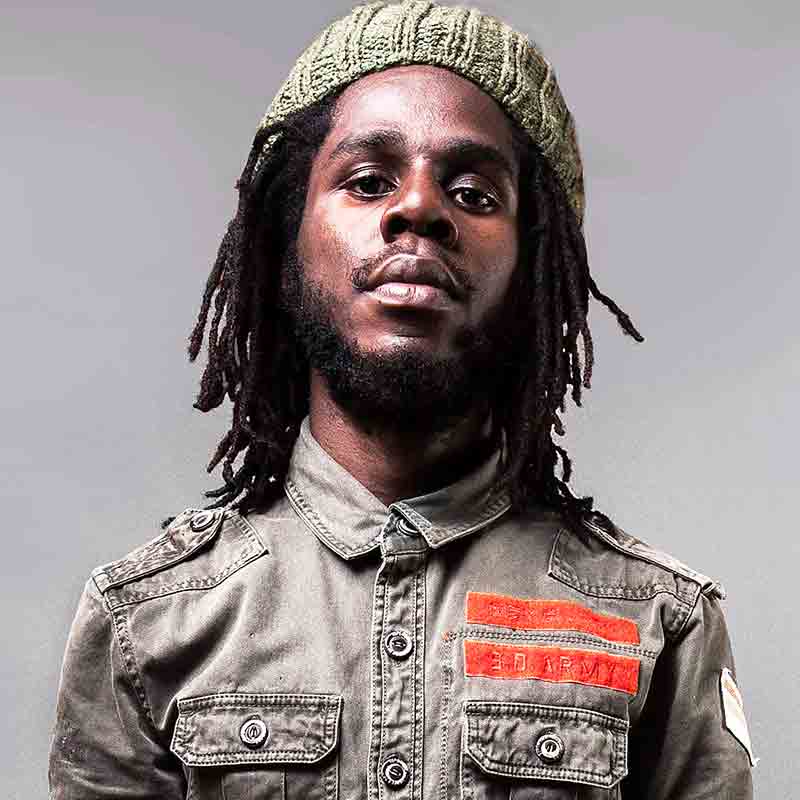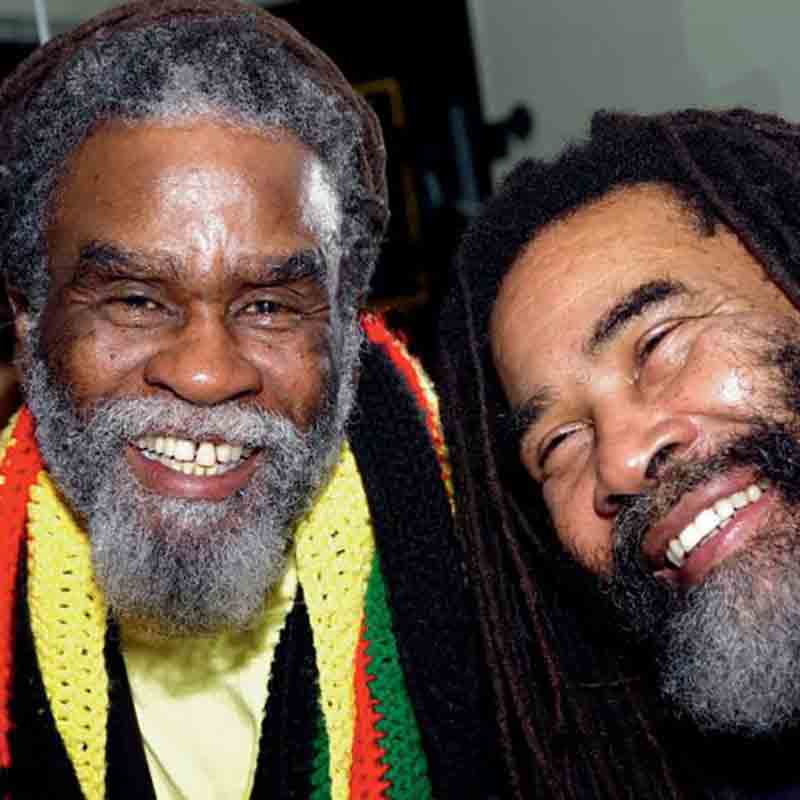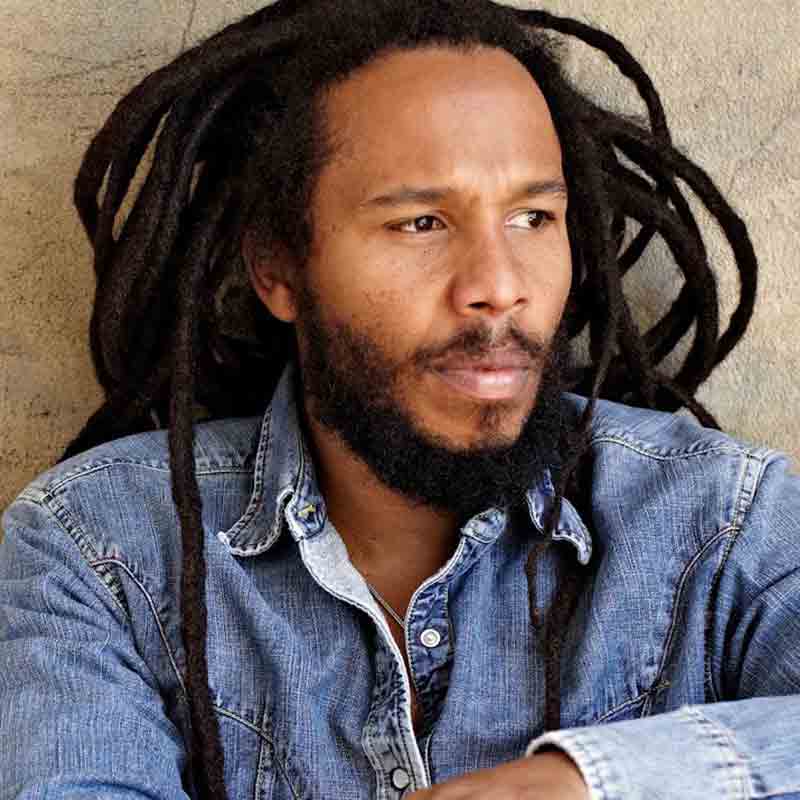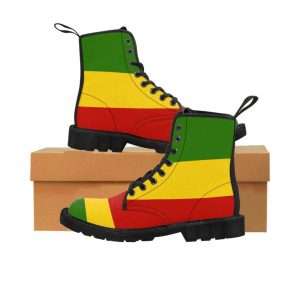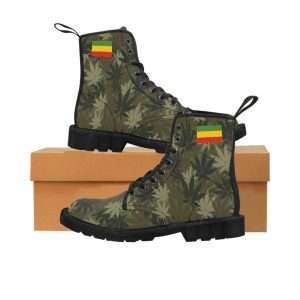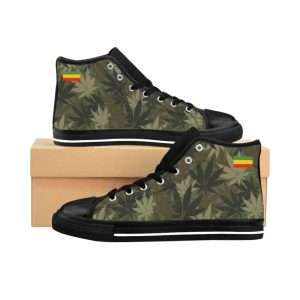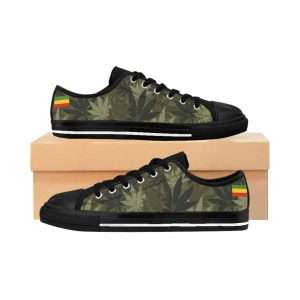Reggae Music
Reggae music emerged from Jamaica and has many genres, ska, rocksteady, roots, raggamuffin, dancehall, dub and drum and bass. Today the sound systems in Jamaica blast into the night, often overlapping and the bass lines cut deep. Reggae music is Jamaican music, the music of the people. There is a spirit in the music, a militancy, and rebellion, as well as a gentle loving tenderness. As it developed reggae music became a vehicle for communication to the masses, when the true story lay hidden.
Sound systems have always filled the streets of Jamaica and it is not uncommon to have more than one system competing with another in the same street. The thumping bass lines and emotive lyrics permeate the air until all hours of the night. These days some of it is not so conscious. Dancehall artists put down their own riddum mixes and the creativity and combinations seem endless. Reggae and it’s manifestations have always reflected the mood of the people and times can be pretty tough in Jamaica these days.Reggae music and it’s legendary heartbeat are now an international force that has no borders or boundaries. Every country seems to have its own version. Music for the people and a reflection of the times we live in.
The slackness of some of the artists and lyrics can be disturbing as it confronts the dark side of the society that has evolved in our time. That said this music is uplifting and penetrates the soul like no other. It will soothe and caress you or make you want to jump out of your chair and do something. It has set the world ablaze and does not compromise to fit in with any culture or society. Some Rasta artists include Chronixx, Sizzla, Luciano, Capelton, Bob Marley and family, Culture, Burning Spear, Buju Banton, Inner Circle, Junior Marvin, Bunny Wailer and Peter Tosh. They blast out their conscious lyrics, however controversial, and the heart rhythm with force and determination.
Featured Videos
Frequently asked questions
What is Nyahbingi?
Question
Rastas worship with the Nyahbingi using three drums—large, medium, and small. The large (bass) drum is a barrel with heads at each end that are struck with a soft-headed stick. The medium drum just touches the ground when held between the player’s legs and is played with two hands. The small drum is held like the medium drum, except it doesn’t touch the ground; intricate rhythms are played on it with fingertips. These drums are often painted green, red, and gold to symbolise the flag of Ethiopia.
Reggae puts the emphasis from the upbeat to the downbeat. It is extremely difficult to find a written history of reggae music because Jamaicans are renowned for their rich oral history. The written word is mistrusted because of “written in stone” mentality of colonialism and manipulation, indoctrination and inhumanity that this ultimately creates.
What was the Alpha Boys School?
Question
Brass music is an integral part of the power of Reggae Music. The Alpha Boys School, a Catholic School for the unfortunate and produced some of the most epic brass players in the world. The Alpha Boys School Captured the spirit of these kids and produced the likes of Don Drummond, Rico Rodriguez, Tommy McCook, Eddie “Tan Tan” Thornton, John “Dizzy” Moore, Joe Harriott, Cedric Brooks, Lester Sterling, Dizzy Reece, Harold McNair, Wilton Gaynar, Vin Gordon and Bobby Ellis. Sister Ignatius was in charge of the music at Alpha. In 1908 they received a donation of Brass instruments from America. The students received a solid grounding to say the least and it wasn’t long before they were improvising. The Skatalites were born.
What is the Reggae Sound System?
Question
Jamaicans took to the streets with their sound systems. Coxsone Dodd and Duke Reid tried to outdo each other with their shows. The Sound Systems also took off in Britain in the seventies, making way for the onslaught of reggae artists like Jimmy Cliff, Bob Marley and the Wailers, Gregory Isaacs and Garnett Silk. Impromptu Street music sprang up. Singing and Dancing is as natural as breathing to Jamaicans. The rebel roots of Jamaican music were planted in the seventeenth century along with the people’s propensity to sing.
Where did Reggae music originate?
Question
It is difficult to find a written history of reggae music because Jamaicans are renowned for their rich oral history. The written word is mistrusted because of “written in stone” mentality of colonialism and manipulation, indoctrination and inhumanity that this ultimately creates.
In the fifties, colonialism was winding up business in Jamaica. Unlike the French, the English left their infrastructure behind. American radio was seeping into the society around this time and Jamaican indigenous music fused with the American big band, rhythm and blues and Jazz, hit the British and American music scene like a bomb.
This was the swinging sixties. A spirit that endured slavery, colonialism and to this day some of the grimmest conditions, both social and economic, in the world, gave birth to ska. It was like everyone was waiting for something to happen with colonialism ending and Independence beginning.
Ska did not take off in America as much as in Britain where there were more Jamaicans to support and promote it. It developed to become one of Jamaica’s authentic musical genres. A group of musicians in Jamaica get together and start playing. We play in bands in the clubs and hotels where we play stock arrangements of well-known songs that the band leader would bring, usually from America, printed on sheet music or we play jazz.
We go on like that for a while but then say we want to make soul music for ourselves, our own music, so out of that same jazz we change the style of the rhythm by having the guitar play that chuck, chuck chuck, and the drums play that downbeat instead of the upbeat he would play in jazz.
So you could say Reggae music originated in Jamaica with ska and then developed into many sub genres like Lovers Rock, Rock Steady, Roots and culture, dub, raggamuffin and dancehall. It is a music for the people and carries the heartbeat rhythmn and powerful intelligent lyrics about life, love, and love lost. Discover or rediscover the roots of reggae and its heart beat rhythmns for the healing of the nations and the human heart. Today every country has its own version of reggae sound from Germany to Japan, Israel to India and Hawaii to Brazil.
How has Rasta influenced Reggae Music?
Question
Rasta fari existed in Jamaica from the 1930s and definitely staked its claim in the modern music business of the sixties, through musicians like Don Drummond and Lloyd Brevett from the Skatalites. The Rastas had been persecuted in Jamaica and children were told to stay away from The Blackheart Man, but in the seventies, they started to rise up and began wearing dreadlocks openly and Rasta camps and meeting places were no longer destroyed by the police and soldiers. Michael Manly stood up for the poor and this included the Rasta community. Their style of reggae included conscious lyrics and a heartbeat rhythm which synchronised with the natural movement and rhythm of the people working and moving in their everyday life.
The Wailers and their conscious lyrics, powerful heartbeat rhythms and rebel drum and bass took Rasta Reggae music to another dimension. Bob Marley took reggae and Ras Tafari out of Jamaica and spread it all over the world and today everyone knows what the symbol of Bob Marley represents. In Africa during the fight for freedom years, if you showed a Jamaican flag it was a sign of unity and that you could be trusted.
The Rastafarian message, often in the lyrics, is still strongly conveyed in a lot of the reggae music that is listened to today, however, from the start it was clear you did not have to be a Rasta to make or love reggae music.



